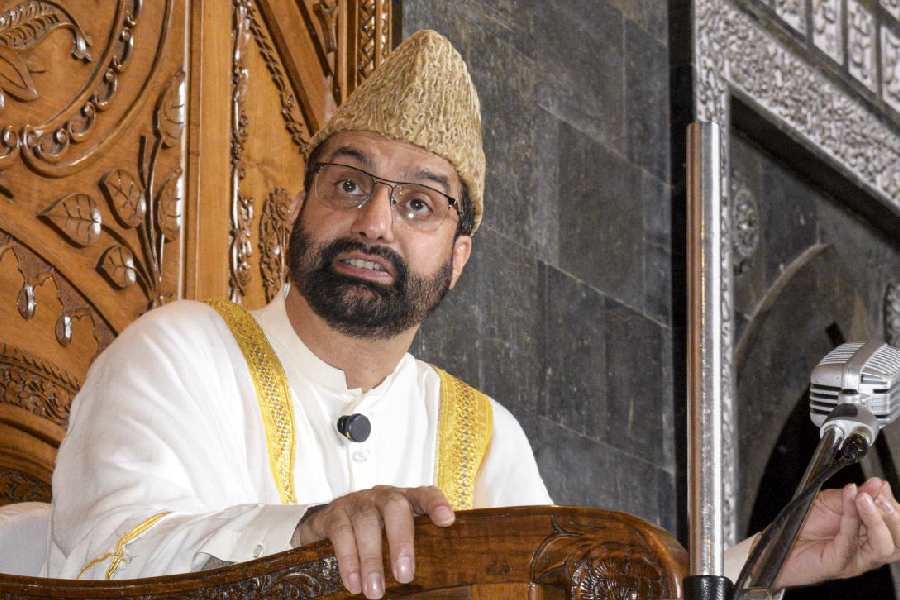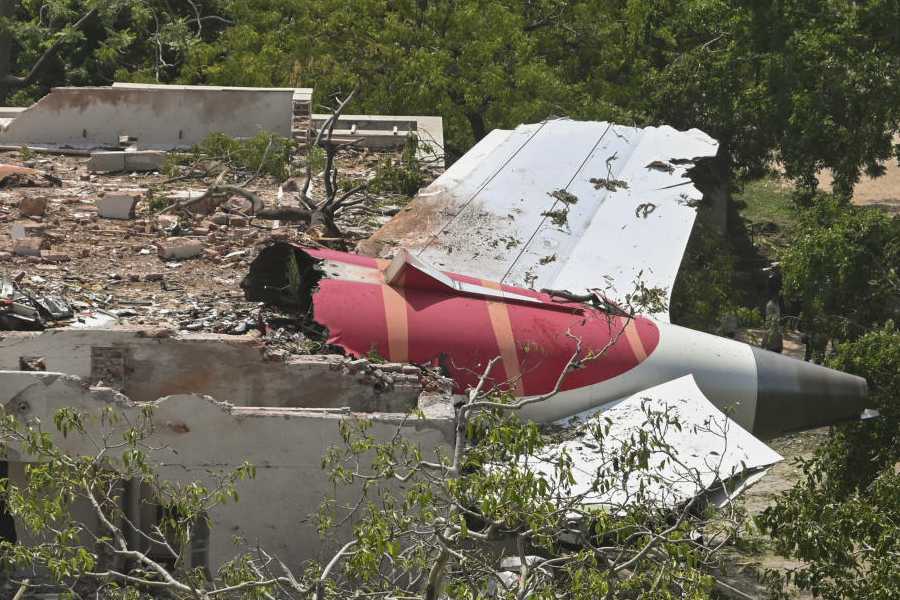Ramanathapuram (Tamil Nadu), Aug. 10: Two years have gone by since a raging fire charred 28 mental patients in Tamil Nadu’s Erwadi village.
The 14 men and 14 women had died chained or tied to poles in a makeshift mental asylum. Only a doorless wooden frame fixed in an isolated, shattered wall remains of the Badushah asylum.
Like the barren land where the asylum once stood, scores of other abandoned plots lie strewn across Erwadi, 28 km from Ramanathapuram, since lessees’ packed up and left.
Erwadi is not happy as the government ban on makeshift asylums has affected business in the village. Unlike earlier, when patients would flock along with relatives, few now turn up at the Mahan Qutub Sultan Sayeed Ibrahim Hameed dargah.
The 900-year-old dargah had drawn hordes of the diseased, including the mentally ill, seeking relief through its “curative powers”.
“Now there is only prarthana (prayers) to Allah,” says Moosa Hajji, a businessman from Calicut, Kerala.
Moosa and his wife have come all the way to the dargah for a permanent solution to his chronic stomachache. He has been putting up at a rented room for the past two months.
Another faithful is Abdul Wahab, who has been living in Erwadi ever since his family deserted him, seeking alms and a “divine cure” from his chronic illnesses.
But the dwindling numbers of hardcore faithfuls can hardly revive the business in Erwadi, once flourishing in its hotels.
After the tragedy of August 6, 2001, the government had banned private asylums and shifted almost 570 mental patients to public and private hospitals in other parts of the state.
The government, however, had recognised the “uniqueness” of the dargah and its tourism potential. Some years ago, the state had even announced that it would develop Erwadi into a tourist centre.
But nothing much has happened since then, residents said. “The panchayat is unable to even appoint a sweeper or ensure that the streetlights burn,” a resident said.
“Our resources are limited. In the two years since the tragedy, the business turnover in Erwadi has tumbled. But faith still brings hundreds of diseased people from across the country to the dargah for a possible cure,” said R. Durkarunai Batcha Labbai, chief of its management committee.
“What we badly need at Erwadi is a large mental home which will blend the spiritual ambience of the place with the best modern therapeutic practices for the mentally ill,” Labbai said. But it looks like that is not going to happen any time soon.
The situation might have been different if the administration had acted before the tragedy. “It was not as if the health authorities were unaware of the bad state of the asylums and how they flouted the mental health act,” an elderly Muslim shopowner said.
The administration apparently knew about the poor sanitation and upkeep of patients in the thatched structures that passed for asylums. In April 2000, eight patients in two asylums had died of severe diarrhoea.
But it took the Badushah asylum fire for the administration to sit up as the tragedy caught the attention of the National Human Rights Commission, the Supreme Court and international media, the shopkeeper said.
“We can provide whatever land is required for the project,” Labbai said. The dargah management chief cited the backing of district collector Vijayakumar, who has been “very supportive”, to press his point.
But unless the government steps in, no concrete plan for the commercial revival of Erwadi will take shape, he said.
Till then, Erwadi will have to make do with the likes of Moosa Hajji, who walks around the main dargah three times every day and claims a “first-class effect on my health” of the “vibrations”.










